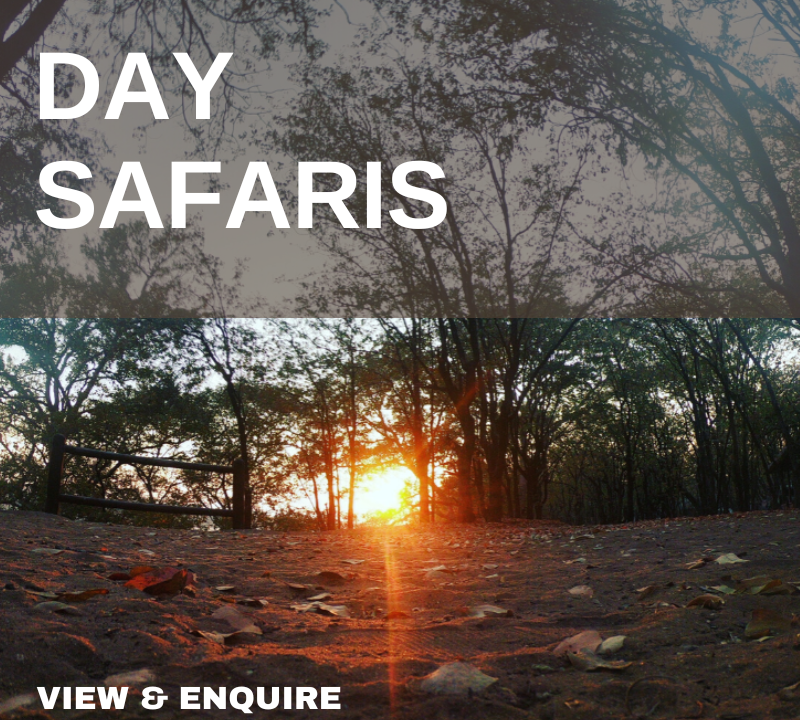
Blyde River Canyon
The largest “Green” canyon and 3rd largest canyon in the world. Its worth visiting !
The Blyde River Canyon is a geological feature located in South Africa, and its rock composition is mainly made up of sedimentary rocks that were formed over millions of years.
The predominant rock type in the canyon is quartzite, which is a hard, durable, and resistant rock that is often associated with the formation of mountain ranges. Other sedimentary rocks found in the canyon include sandstone, shale, and conglomerate.
The canyon also contains some volcanic rocks, including basalt and andesite, which were formed by volcanic activity that occurred in the region millions of years ago.
Overall, the rock composition of the Blyde River Canyon reflects the complex geological history of the region and the many different processes that have shaped the landscape over time.
The Blyde River Canyon in South Africa was formed over millions of years through various geological processes such as erosion and uplift. The specific timeframe for the formation of the canyon is difficult to pinpoint, as it is a continuous and ongoing process.
However, the rocks that make up the canyon are estimated to be around 2.5 billion years old and have been subject to erosion by the Blyde River for millions of years, resulting in the formation of the canyon as we know it today. The geological history of the area also includes volcanic activity and tectonic movements that have contributed to the formation of the landscape over time.
It’s worth noting that the Blyde River Canyon is considered one of the largest canyons in the world and is an important geological and natural landmark in South Africa.
The Blyde River Canyon is a spectacular geological feature located in South Africa, and it is characterized by a number of distinct geological features that make it unique and visually striking. Here are some of the most notable geological features of the Blyde River Canyon:
- Quartzite cliffs: The canyon is primarily made up of hard and durable quartzite rock, which forms steep cliffs and towering peaks that rise hundreds of meters above the river below. These cliffs are often reddish-brown in color and are incredibly resistant to erosion.
- Waterfalls: The Blyde River Canyon is home to several impressive waterfalls, including the Lisbon Falls, Berlin Falls, and Mac Mac Falls. These waterfalls cascade down the canyon walls and add to the dramatic beauty of the landscape.
- Potholes: The Blyde River has carved deep potholes into the rock formations of the canyon over millions of years. The most famous of these is the Bourke’s Luck Potholes, a series of cylindrical holes in the rock that have been smoothed and polished by the constant flow of water.
- Gorges and valleys: The Blyde River Canyon is characterized by a series of narrow gorges and valleys that wind their way through the mountains. These formations are the result of millions of years of erosion and the uplifting of the surrounding rock formations.
- Geological formations: The canyon is also home to a number of interesting geological formations, including sedimentary rocks, volcanic rocks, and mineral deposits. These formations tell the story of the geological history of the region and provide insight into the processes that have shaped the landscape over millions of years.
Overall, the Blyde River Canyon is a stunning example of the power and beauty of geological processes, and it offers a unique glimpse into the natural history of South Africa.
Mariepskop is a prominent peak in the Drakensberg mountain range located in the Blyde River Canyon of South Africa. The history of Mariepskop is closely tied to the geology and natural history of the area.
Mariepskop itself is composed of granite, which is a hard and durable rock that has resisted erosion and weathering better than the surrounding sandstone and shale formations. This is why the peak stands out so prominently in the landscape.
The name Mariepskop has its origins in the local language of the indigenous people who have inhabited the area for thousands of years. The word “marieps” refers to a type of lizard that is commonly found in the region, while “kop” means “head” in Afrikaans, one of the official languages of South Africa. So Mariepskop can be translated to mean “Lizard Head”.
The peak has played an important role in the history and culture of the local people. The indigenous communities in the area have long held the mountain in high regard, believing it to be a place of great spiritual power and significance. In more recent times, the peak has become a popular destination for hikers and climbers, drawn to the challenge of scaling its steep slopes and enjoying the stunning views from the top.
Today, Mariepskop remains a beloved natural landmark and an important part of the Blyde River Canyon’s rich cultural and natural heritage.
The Three Rondavels are one of the most iconic landmarks in the Blyde River Canyon of South Africa. The history of these rock formations is closely tied to the geological processes that shaped the landscape over millions of years.
The Three Rondavels are three distinctive rock formations that rise up from the surrounding landscape. They are named after traditional African huts known as rondavels, which have a similar rounded shape. The three formations are composed of quartzite, a hard and durable rock that has resisted erosion and weathering better than the surrounding sandstone and shale formations.
The geological history of the Blyde River Canyon dates back over 240 million years. The rocks in the area were formed during the Karoo Supergroup period, when massive volcanic eruptions deposited layers of lava and ash over the region. Over time, the rocks were subjected to intense pressure and heat, causing them to fold and twist into the distinctive shapes that we see today.
The Three Rondavels have long been an important part of the cultural and spiritual heritage of the indigenous people who have lived in the area for thousands of years. The formations are believed to have mystical powers and are considered to be a sacred site. The surrounding area is also home to a variety of plant and animal species, many of which are unique to the region.
In more recent times, the Three Rondavels have become a popular tourist attraction, drawing visitors from all over the world to marvel at their beauty and learn about the natural history and cultural significance of the area. Today, the Three Rondavels stand as a testament to the power of nature and the enduring legacy of the people who have called this place home for countless generations.
On a Day trip we would suggest the following destinations along the Panorama route as must see :
- God’s Window: This is a viewpoint located at the southern end of the Blyde River Canyon Nature Reserve. It offers a panoramic view of the Lowveld region, including the Kruger National Park.
- Bourke’s Luck Potholes: These are unusual geological formations that were created by erosion. They are situated at the confluence of the Blyde and Treur rivers and are named after a gold prospector, Tom Bourke.
- Three Rondavels: These are three round peaks that resemble traditional African huts or rondavels. They are located on the northern side of the canyon and offer a stunning view of the canyon and surrounding mountains.
- Blyde River Canyon: This is one of the largest canyons in the world and is a natural wonder of South Africa. The canyon is 26 km long and 800 meters deep, and offers breathtaking views of the surrounding landscape.
- Berlin Falls: This is a beautiful waterfall that cascades over a cliff face into a pool below. It is located on the Sabie River and is a popular spot for swimming and picnicking.
- Lisbon Falls: This is another beautiful waterfall that is located on the Panorama Route. It is the highest waterfall in Mpumalanga and drops 94 meters into a gorge below.
Overall, the Panorama Route is a scenic drive that offers visitors some of the most spectacular natural scenery in South Africa, and these sites are some of the highlights of the route.
Book a Day trip to visit the Blyde Canyon and view its incredible views and vistas. BOOK HERE !





